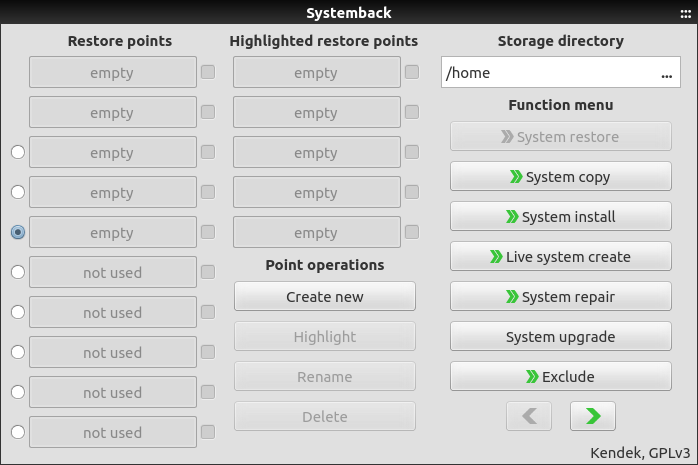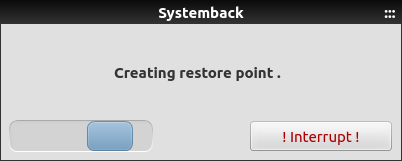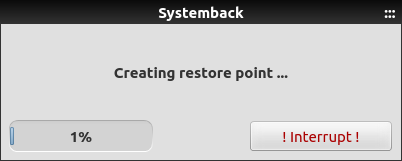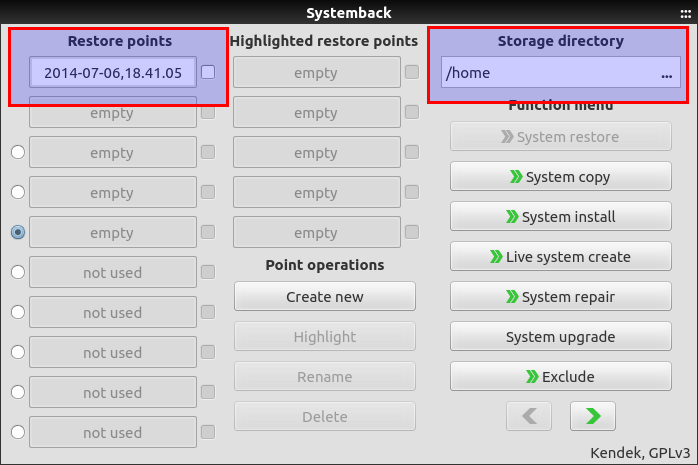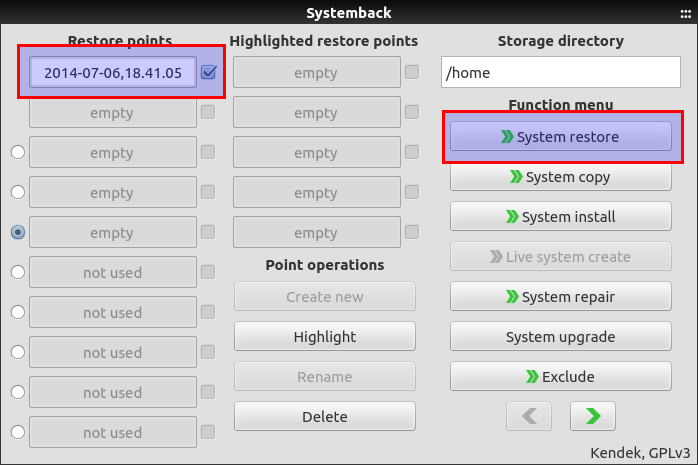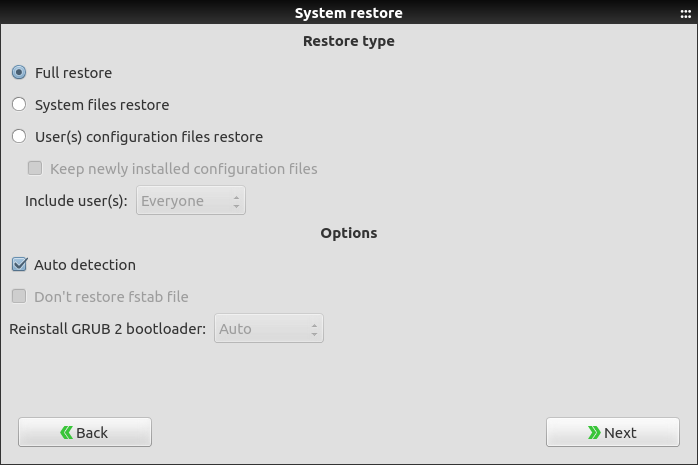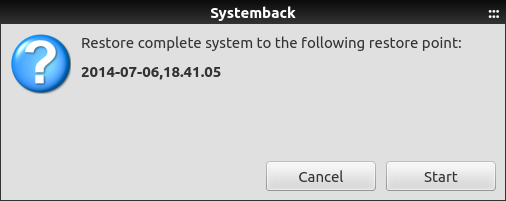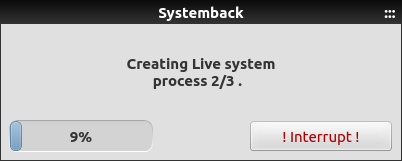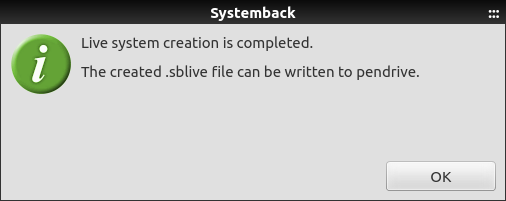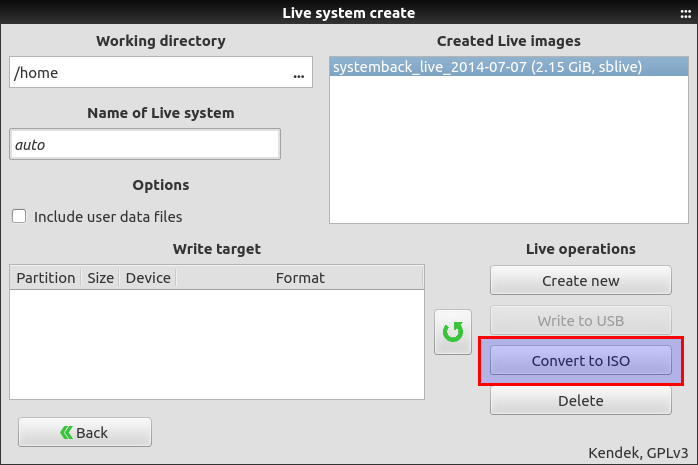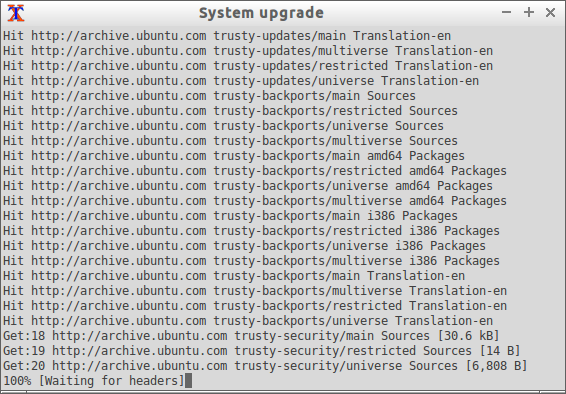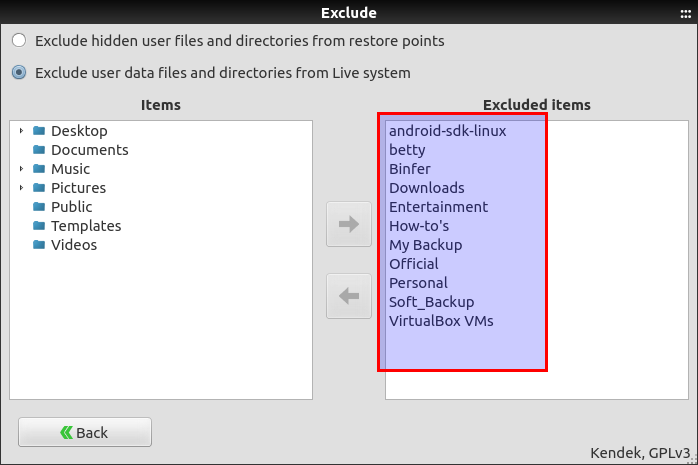A couple of months ago, we have described an awesome tool called TimeShift that can be used to restore your Linux desktop to the previous working state in Unixmen. In the same series, today I introduce a new tool named systemback.
Systemback is an open source, system backup and restore application. Using Systemback, we can easily create backups of system and users configuration files. In case of problems, we can easily restore the previous state of the system. There are extra features like system copying, system installation and Live system creation.
Features
Systemback includes the following features:
- System backup
- System restore
- System copy
- System install
- Live system create
- System repair
- System upgrade
Install Systemback On Ubuntu 15.10
Currently, Syetmback is available only for ubuntu based systems. On Ubuntu and it’s derivatives, we can easily install it via PPA. Run the following command sequences to install Systemback on your Ubuntu system
sudo add-apt-repository ppa:nemh/systemback sudo apt-get update sudo apt-get install systemback
Usage
Create System Restore Point:
After installing it, launch Systemback app either from Dash or Menu.
The default Systemback main interface will look like as below.
Initially, there is no system restore point. So, let us create a new system restore point by clicking on the Create New button which is found under the Point Operations section.
Now, the Systemback will create a new restore point for your system.
After creating the restore point, the backup will be stored in the /home/systemback/ folder. You can change the location from the Storage directory option on the top right corner of the Systemback main window. Also, the successfully created system restore points will be shown on the top left corner of the main interface.
Restore the system to previous state:
Restoring to the previous state is as simple as creating restore point. Open up the Systemback main window, select any one of the system restore point, and hit the button System Restore under the Function Menu.
You’ll be asked whether you want to do a full restore, system files restore, or just user(s) configuration files only. Select the option accordingly and hit the Next button.
Finally, click Start button to restore your system to previous working state.
System Copy:
Using System Copy feature, we can easily copy the files from one partition to another and vice versa. Use this feature with caution. Else, you’ll be ended up with data loss.
System Install:
This option will let you to create a new user with password of your choice. Also, you can change your system root user password if you want to.
Live System Create:
This is one of cool and notable feature of Systemback. Unlike other system backup and restore tools, Systemback will let you to create a live CD/DVD of your current system with or without the users data files. Later, you can use this Live CD/DVD on other system, also you can install it if you want.
After creating live system, convert it to ISO, and boot the ISO using CD/DVD or USB thumb drive.
System Repair:
Like System Restore, this option will help you to fix your Linux desktop in case of any problems. Don’t touch this option, unless you know what you’re doing.
System Upgrade:
Using this option, you can upgrade your Linux system to the most recent version.
Exclude:
If you don’t want to include a file or folder in your restore points, you can use this feature.
Removing Systemback
If you not happy, or doesn’t have necessity to keep it on your system, you can remove this software as shown below. But, I guess, this tool will definitely be an useful tool in your arsenal.
sudo apt-get purge systemback
For me, Systemback is doing the good job as it advertised, and has many additional features among other system backup and restore tools. Give it a try, you won’t be disappointed.
Cheers!



